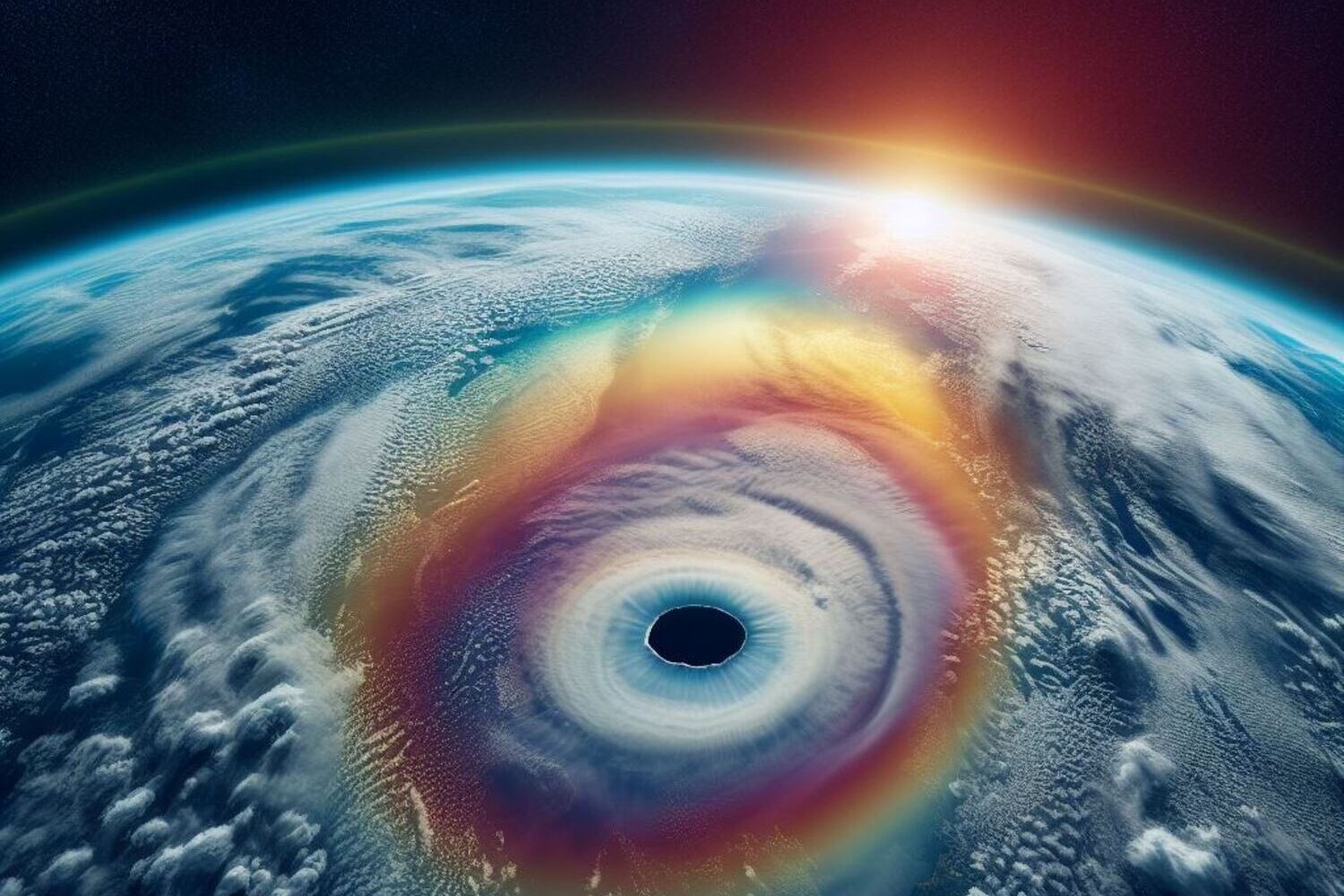Ozone holes are a phenomenon that has attracted the attention of the whole world, since the condition of the ozone layer is crucial for the safety of all life on Earth. This topic arouses the interest of scientists, ecologists, and ordinary people alike, as the ozone hole is a vivid example of the impact of human activity on our planet’s atmosphere. Every year, we learn more about the processes of formation and restoration of the ozone layer, as well as about international measures to protect it. In this article, you will find fascinating and amazing facts about ozone holes that you may not have known.
- Ozone holes are not literal holes in the atmosphere but areas of significant reduction in ozone concentration in the stratosphere. The most noticeable of these zones are found over Antarctica and, less frequently, over the Arctic.
- The first large ozone hole was recorded in 1985 by British scientists who were studying the atmosphere over Antarctica. This discovery caused a real shock in both the scientific community and the general public.
- The main reason for the appearance of ozone holes is chlorofluorocarbons, commonly known as CFCs, which were widely used in aerosols, refrigerators, and air conditioners. These substances break down ozone molecules under the influence of ultraviolet radiation.
- The ozone layer protects the planet from dangerous ultraviolet radiation from the Sun, which can cause skin cancer, cataracts, and immune system disorders.
- Each year, the ozone hole over Antarctica reaches its maximum size in September and October, when stratospheric temperatures are at their lowest. At this time, the area of reduced ozone can exceed 20 million square kilometers.
- In the Arctic, ozone holes occur less frequently, but in 2020, scientists recorded one of the largest ozone holes over the Northern Hemisphere.
- The ozone layer is formed and naturally replenished through photochemical reactions between oxygen molecules and ultraviolet light. However, excessive use of chemical substances disrupts this balance.
- To combat the destruction of the ozone layer, the Montreal Protocol was signed in 1987, an international agreement that limits the production and use of ozone-depleting substances. Thanks to these measures, a gradual restoration of ozone levels is being observed.
- The recovery of the ozone layer is a very slow process. According to scientists, full restoration over Antarctica may only occur by the middle of the 21st century.
- The ozone hole affects not only people but also ecosystems, particularly plankton, fish, amphibians, and even crop yields.
- Some ozone-depleting substances can remain in the atmosphere for decades, continuing to have a negative effect even after their use has stopped.
- Scientists note that climate change may also affect the formation of ozone holes, since rising temperatures in the lower atmosphere change the circulation of air masses.
- Ultraviolet radiation passing through the ozone hole can cause mutations in the DNA of living organisms, which is especially dangerous for microorganisms and plants.
- In addition to CFCs, nitrogen oxides, which are produced during fuel combustion in airplanes and spacecraft, also contribute to the destruction of the ozone layer.
- Studies have shown that even a slight decrease in the thickness of the ozone layer leads to an increase in cases of sunburn and cancer among the population.
- Ozone holes have been discovered over regions where CFC production was almost nonexistent, proving the global nature of the problem.
- The introduction of alternative technologies, such as new-generation refrigerants, helps reduce the harmful impact on the ozone layer.
- The Montreal Protocol has become one of the most successful examples of international environmental cooperation, with more than 190 countries joining the agreement.
- The recovery of the ozone layer promotes the preservation of biodiversity and the stability of ecosystems, which is particularly important for future generations.
- Ozone holes remain an example of how human activity can influence global processes in the atmosphere and how important international solidarity is in solving environmental problems.
These amazing and fascinating facts about ozone holes help us understand the scale and importance of the problem for all of humanity. Scientific research, innovation, and international cooperation give hope for the gradual restoration of the ozone layer. You may not have known how closely natural processes are interconnected and how significantly humanity can influence the atmosphere of our planet. Fascinating facts about ozone holes inspire us to take care of the environment and support ecological responsibility in everyday life.





